Pessaries
As a leading online supplier of urodynamic products, we stock a diverse range of pessaries for a competitive price – including ring pessaries, cube pessaries, cerclage pessaries, Hodge pessaries and more. Whatever the nature of your patient’s urological or gynaecological issue, we have a pessary style to suit.
Browse the full online range and, if you have any questions, please don’t hesitate to get in touch.
A pessary is a medical device that can be used for the non-surgical treatment of prolapse – as well as a variety of other gynaecological problems (e.g. cystocele, rectocele, stress urinary incontinence).
Typically they’re made from silicone and are small enough to be placed inside the vagina or rectum, without causing harm or discomfort. Once inserted, they provide necessary support and prevent organs (e.g. the uterus) from slipping into an unnatural position and causing unpleasant symptoms.
Pessaries can be used to treat a range of pelvic defects and gynaecological issues, including:
- Prolapse
Whilst surgery may be possible, vaginal pessaries are the primary non-surgical treatment for uterine and vaginal prolapse. They can be used to manage all degrees and types of prolapse, including cystocele, rectocele, vault prolapse and enterocele – successfully preventing the affected pelvic organs from falling (i.e. prolapsing) into the vagina and reducing the associated symptoms.
- Pelvic support defects
Pessaries can also be useful if the musculature of the pelvic floor has been weakened in some way. This could be due to a hysterectomy (or another form of pelvic surgery) or a condition that involves repetitive bearing down – such as chronic constipation, chronic coughing, repetitive heavy lifting.
Although surgical repair offers a more permanent solution, some patients are poor candidates for surgery or may simply choose to use a vaginal pessary as a temporary measure.
- Stress urinary incontinence
In addition, pessaries can also be used to prevent the involuntary loss of urine during exercise and exertion – particularly in patients for whom ‘conservative’ management is deemed most appropriate. This includes pregnant women, elderly women – for whom a surgical procedure would be too risky – and women who have previously had an operation for stress incontinence that failed.
Once inserted, the device presses the urethra against the symphysis pubis and elevates the bladder neck – increasing outflow resistance and correcting the angle between the bladder and urethra.
Some types of pessary – specifically, perforated and non-perforated cerclage pessaries – can also be used for pregnant patients with a short cervix. By supporting the cervix, the pessary can help to prevent miscarriage and spontaneous preterm birth, particularly in patients with additional complaints of prolapse, physical strain, or increased intrauterine pressure (e.g. due to multiple pregnancies).
Here at Digitimer, we stock a wide range of pessary styles and sizes – with a suitable device for the effective management of all gynaecological issues and pelvic defects. These include:
- Ring pessaries
- Club pessaries
- Perforated and non-perforated cube pessaries
- Hodge pessaries
- Bowl pessaries
- Urethra bowl pessaries
- Perforated and non-perforated cerclage pessaries
- Sieve bowl pessaries
- Perforated and non-perforated tandem pessaries
- Thick ring pessaries
- Urethra pessaries
- Vaginal dilators
Even as an experienced physician, choosing the right one for your patient can be challenging.
Ultimately, it will depend on the condition you need to treat, and fitting is often a case of trial and error. The patient should try several different styles and/or sizes – therefore allowing you to identify the pessary that works best for them, in terms of fit, comfort and effectiveness.
After the initial fitting, the patient should be followed up a few days later to recheck the fit. The pessary will need to be removed, so that the vagina can be examined for irritation, pressure sores, or allergic reaction. And at this stage, having to change the size/style of the pessary is not uncommon.
Pessaries for prolapse and other gynaecological conditions must initially be fitted by a physician.
First things first, it’s important to consider any possible contraindications – such as active infections of the pelvis or vagina (e.g. vaginitis), non-compliance, or allergies to silicone or latex. If you’re happy to proceed, a complete pelvic examination should then be performed and a small or average-sized pessary – in the simplest style possible – inserted directly into the vagina.
The fit and effectiveness of this pessary will need to be checked. If it fits correctly, the physician should be able to pass a finger easily between the pessary and the vaginal wall. The patient will need to stand, sit, squat, and perform Valsalva’s manoeuvres, to ensure the device doesn’t become dislodged. And if it’s being fitted for incontinence, ask the patient to cough to test for urine leakage.
Ideally, the patient should also successfully void before leaving the appointment. If they are unable to void with the pessary in position – or report any discomfort or difficulty during urination or defecation – the device should then be removed and replaced with the next smallest size.
Several follow-up appointments are essential. The first should be approximately one week after the initial fitting, followed by an appointment 2-3 weeks later – and every 2-3 months after that. At each appointment, the pessary will need to be removed and cleaned with soap and water, whilst the vagina is inspected for any signs of erosion, irritation, pressure necrosis or allergic reaction.
Showing all 16 results
-
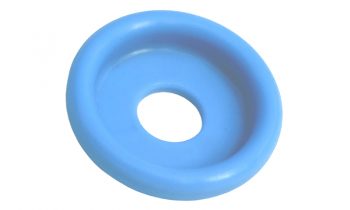
Bowl Pessary
£30.00 exc. VAT View -
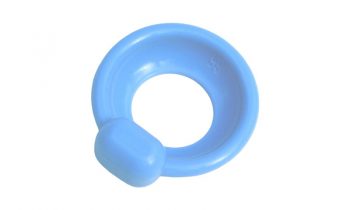
Urethra Bowl Pessary
£35.00 exc. VAT View -
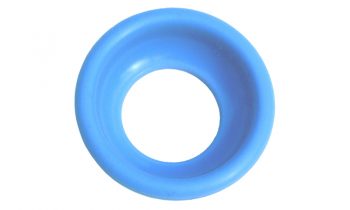
Cerclage Pessary Non-Perforated
£45.00 exc. VAT View -
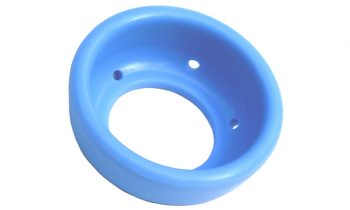
Cerclage Pessary Perforated
£45.00 exc. VAT View -
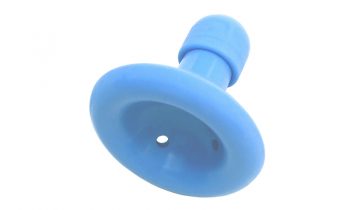
Club Pessary
£45.00 exc. VAT View -
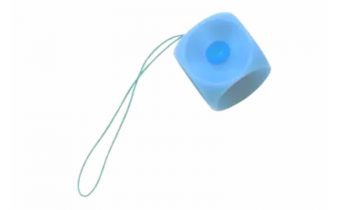
Cube Pessary Non Perforated
£40.00 exc. VAT View -
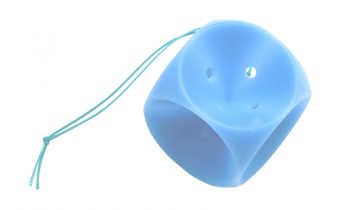
Cube Pessary Perforated
£40.00 exc. VAT View -
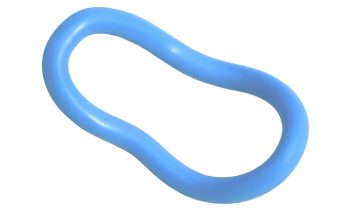
Hodge Pessary
£45.00 exc. VAT View -
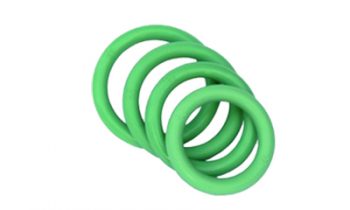
Pessary Ring Sizing Kits
£50.00 exc. VAT View -
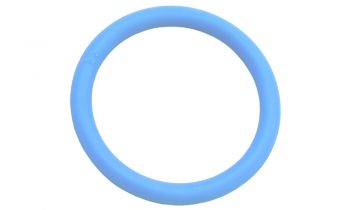
Ring Pessary
£35.00 exc. VAT View -
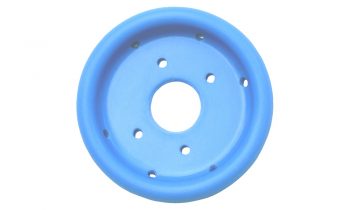
Sieve Bowl Pessary
£35.00 exc. VAT View -
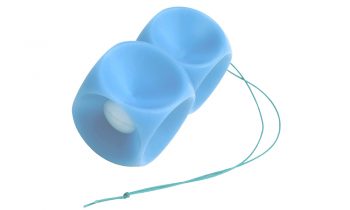
Tandem Pessary
£80.00 exc. VAT View -
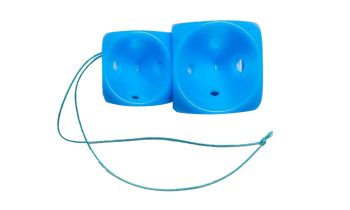
Tandem Pessary Perforated
£80.00 exc. VAT View -
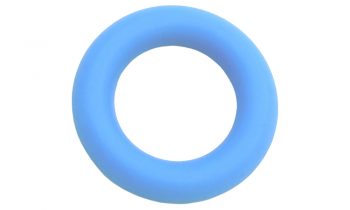
Thick Ring Pessary
£30.00 – £35.00 exc. VAT View -
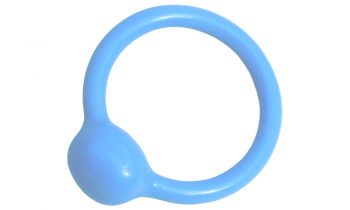
Urethra Pessary
£40.00 exc. VAT View -
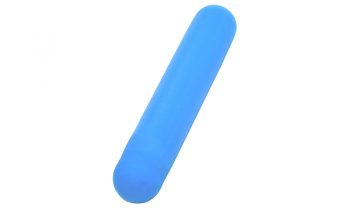
Vaginal Dilator
£50.00 exc. VAT View